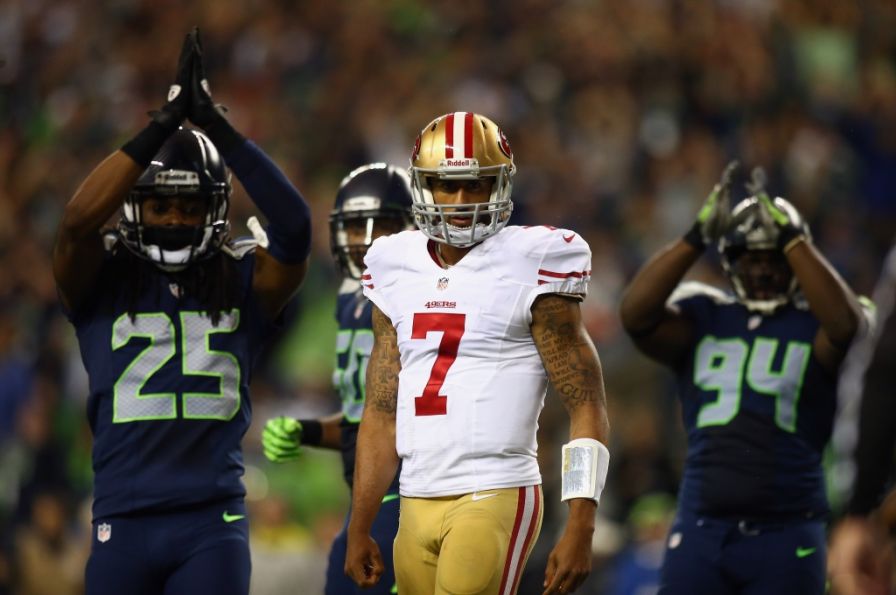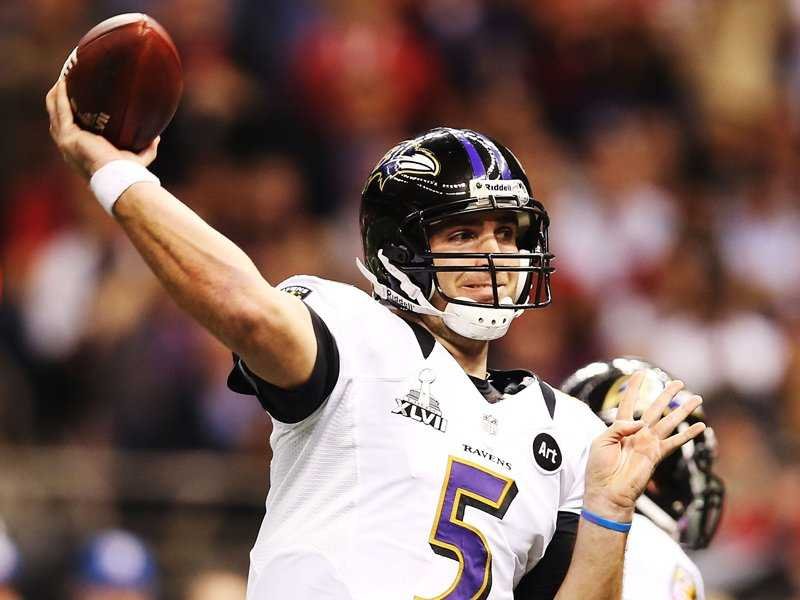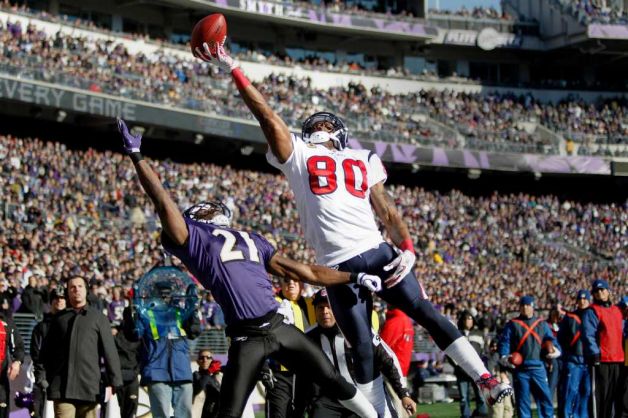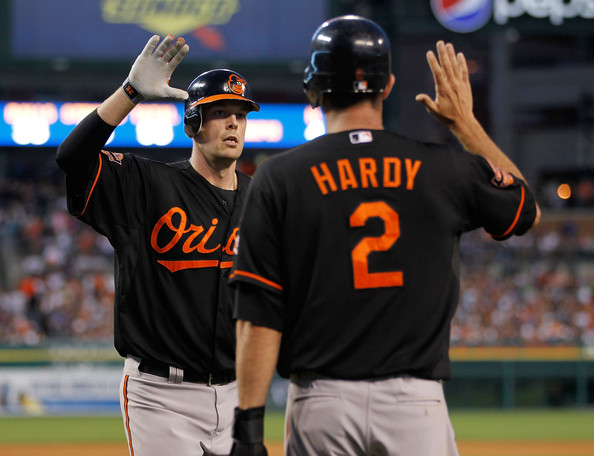
Credit: Bleacherreport.com
The National Basketball Association opened its regular season Tuesday night, showcasing a pair of the most marketable, interesting matchups the league had to offer; a primetime opener between the defending champions, the Miami Heat, and their physical rival, the Chicago Bulls. Not to mention the debut of a healthy, revitalized All-Star point guard in Derrick Rose.
As if that weren’t enough to satisfy even the hardcore NBA fan’s palette for a new season, the Association had the marketing wherewithal to throw in a west coast slot matchup between arguably the two most discussed teams of the offseason; Los Angeles’ Clippers and Lakers. Translation–stars and interest galore (even without a healthy Kobe).
Major League Baseball opened on a Monday night with a single matchup of the Houston Astros against the Texas Rangers. Compelling.
So, why is the NBA’s planning to be looked at as wise marketing of their product as opposed to simple luck or random choosing? Why schedule the South Beach Heat against the Bulls when they, too, could’ve just as easily opened the season with a Bobcats vs Hawks matchup? Because interesting works. It matters. It’s business. The business of sports is a marketing field all on its own.
It’s widely agreed and well noted that basketball is more of a, get ready for it…”star driven sport” Players whom are worth spending money a ticket to watch. Players who drive a young man’s fanhood even stronger due to idolization and recognition. Players of whom to buy a jersey. Their face is on an HD screen–no face mask, no helmet, no pads, and no shortage of social networking access.
But, moreover, that glove-fit marketing design of the NBA certainly helps the marketing department’s case when trying to not only sell and grow the sport domestically, but globally as well. To put this global marketing success in perspective, one should know exactly how popular the NBA has made itself in other countries:
“More than 400 million NBA products were sold in over 20,000 retail locations throughout China[in 2007]” According to an NBA.com numbers report from way back in 2007. What is more, it is also worth taking note that the native Chinese player, Yao Ming, was just sixth in said ranking of jerseys sold in china, and these numbers were during Yao’s prime.
So, with these facts come more questions. 2007 was six long years ago. Wouldn’t that skew the numbers in favor the NBA’s image and popularity? Was it just a Chinese trend of interest?
Of course not. In fact, due to an increased social media market and more accessible television coverage, the popularity of the sport has only grown. Therefore, it is very likely that those numbers have almost doubled in 2013.
So the multimillion dollar question remains; why can’t Bud Selig and Major League Baseball produce the same interest from the younger demographic or market themselves toward higher revenue? Forget globally-in America itself-baseball has been surpassed by both soccer and basketball in national revenue and popularity. (Notice that the NFL is not mentioned here, because its monopolistic dominance needs no evidence. It goes without saying that football is king).
Let’s take a step back for just a moment. Baseball is different, and that is accepted and known within experienced circles of sports. Baseball needs to be sipped down smoothly. It’s intended to have one’s self enjoy the accumulative statistical ride of balancing who is good and who is less good through a rigorous 162 game test, covering the duration of half a dozen months. Baseball is vintage and very reputable among its own history, if only its history.
The more diligent, involved baseball fans could most likely recite the back of Hank Aaron’s card, from first digit to last. On the other side of the coin, it’s a safe bet that the majority of even diehard NFL fans could not tell you how many touchdowns Tom Brady threw for last year nor this year. MLB bases its fame upon statistics, which is fine. What’s more, it’s worth at least considering that MLB did play some early games in Australia last year. That is something. Right?
So, having stated and accepted baseball’s outlying obscurities, are Selig and his marketing team to be forgiven? Absolutely not. Nor should they be.
The Majors have stars. Plenty of them. Young, exciting, interesting stars. Mike Trout of the Los Angeles Angels, Manny Machado of the Baltimore Orioles, Bryce Harper of the Washington Nationals, and of course, Yasiel Puig of the Los Angeles Dodgers, just to name a few. Certianly more than enough of a presence to somewhat, halfway legitimize baseball’s currently laughable title of “America’s Pastime”
Yet, could a casual fan pick Mike Trout, arguably the best of the young talent, out of a line up? Most likely not. How many folks know the amazing story of Cuban Yasiel Puig coming to play in America? Is there even one interview with triple-crown winner Miguel Cabrera on Youtube? Has anyone ever heard his voice? Language barrier or not, that is inexcusable–the typical Hall of Fame players are begging to be marketed and well known.
There is no face mask. There are no pads. The players are not inside race-cars. Yet, NASCAR of all organizations has managed to make a guy named Jimmy Johnson more recognizable to most viewers than the best young baseball talents in America. That alone screams of institutional failure.
The aforementioned globalization factor that works so well for the NBA financially has the potential to be even more of a monetary gain for Major League Baseball. However, that has been yet another squandered opportunity for marketing by baseball’s crew. In latin American countries, baseball is just as, if not more popular than soccer now. What’s more, Asian players and fans gain interest in the game by the day, and the game of baseball as a whole has become much more international.
The Dominican Republic is no bigger than the state of Georgia, yet the Major Leagues has a large percentage of its players (and stars) from that country. Japan has won two of the last three World Baseball Classics. The Korean nations and demographics have had exploding interest in baseball over the last several years.
The problem for baseball, however, is that very little credit can actually go to the MLB office for having baseball become immensely popular overseas. Jerseys are not exported, gear isn’t sold in many stores, games themselves are not often played off of U.S. soil, and perhaps most importantly, the commercials and games themselves are almost impossible to see anywhere but in the U.S.
Not many male fans under the age of 30 (the NBA’s premium demographic, as it turns out) really care about baseball, nor does the sport provide them with a sense of flash, rapid reaction, or explosion. No countries buy Derek Jeter’s jersey like they buy Kobe’s. Baseball announcers pronounce Twitter as “Twee-ter”
The opportunity and practicality of MLB marketing globally and to its youth domestically is there. What is not there, apparently, is baseball’s competence, forethought, nor ability.







